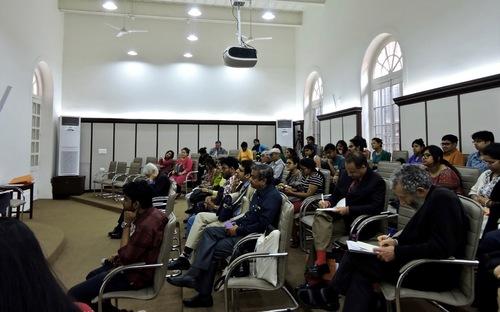Virtual reality has a motion sickness problem. The complaints are almost universal among disgruntled trial users and reporters, and even the CEO of Oculus VR once said that it makes him feel that way “every time” he uses his own product.
The visual distortion easily created in simulating a 3D world on a 2D plane is a primary cause of what has been dubbed “simulation sickness” when using VR headsets. Another is the disjunction between what’s seen by your eyes and what’s felt by your inner ear canals—which are responsible for your sense of spatial balance—due to the frequent lags in the headset’s motion sensor.
The VR has been gradually scaling back these problems with more distortion calibrations and faster motion senors, but researchers are experimenting with a cheap and easy solution that could dramatically reduce motion sickness—just insert a virtual nose on the screen.





